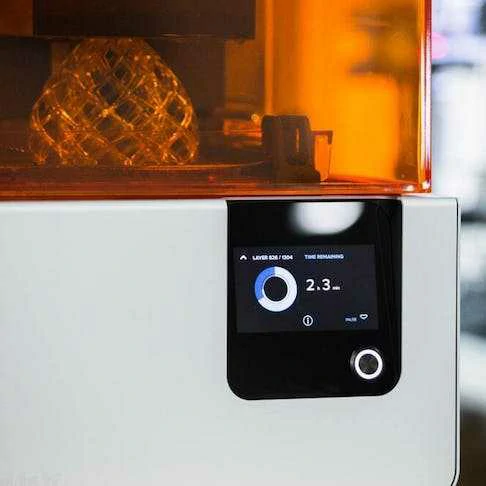The aircraft industry is constantly evolving, with new technologies being introduced to improve safety, efficiency, and performance. One such technology that has revolutionized aircraft manufacturing and maintenance is 3D printing. 3D printing, also known as additive manufacturing, allows for the creation of complex parts with intricate geometries that cannot be produced using traditional manufacturing methods.
Aerospace was an early adopter of 3D printing and remains a significant contributor to its advancement. Since 1989, companies in this industry have been utilizing 3D printing technology. 3D printing has a wide range of applications in this industry, from prototyping and production of aircraft components to maintenance and repair, tooling, and interior design. In this article, we will discuss the eight uses of 3D printing in the aircraft industry, highlighting how this technology is being used to enhance safety, reduce costs, and improve production efficiency.
1. Tooling and Jigs
3D printing can be used to produce jigs, fixtures, and other tooling equipment, which can improve production efficiency and reduce costs. Aircraft companies require numerous fixtures, templates, guides, and gauges for each plane, and 3D printing allows for their cost-effective and efficient production. Typically, this process results in a 60–90% reduction in cost and lead time compared to other manufacturing methods.
2. Innovation
3D printing allows the production of complex parts that cannot be manufactured using traditional methods. This includes lightweight parts with intricate geometries, such as brackets, housings, and turbine blades. 3D printing also allows for the customization of aircraft parts. Engineers can design and print parts that are specific to the needs of a particular aircraft. This customization ensures that each aircraft is optimized for its intended use, resulting in improved performance and safety.
3. Prototyping
One of the most significant advantages of 3D printing is its ability to quickly produce functional prototypes. With 3D printing, it is possible to create a prototype of a part or component within hours, rather than days or weeks. This means designers can rapidly iterate on designs, test new ideas, and verify form and fit. This can reduce the time and cost associated with traditional prototyping methods, such as CNC machining or injection molding. Figure 1 is an example of a 3D-printed jet engine model:
.webp)
